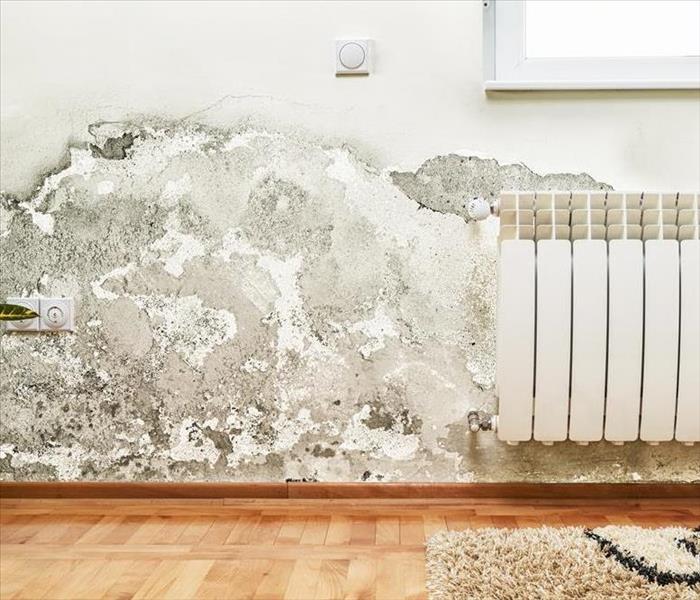How To Prevent Mold Damage After a Flood
1/20/2022 (Permalink)
Flooding from a storm in Pueblo, CO, can cause a lot of water damage to your home. If you don't address the problem quickly, however, that may become only part of your concern. Mold growth is a common side effect in damp spaces, and once it starts to thrive, it can be difficult to get rid of. There are several things you must do to protect your home against a significant mold problem after a storm.
Important tips to prevent Mold Damage after a Flood
Quick Mitigation
The best thing you can do to prevent mold is to deprive it of the elements it needs to propagate. Mold can start to grow within as few as 24 hours after a flooding event because your home has become a fertile breeding ground for spores. They feed on not only the excess moisture itself but the bacteria in the floodwater.
A quick mitigation process is the key to stopping fungus from spreading. As soon as certified remediation experts arrive at your home, they begin the cleanup process:
- Assess the water and mold damage
- Remove excess water
- Tear out ruined materials
- Disinfect remaining structure
- Dry affected area
- Rebuild the affected area in your home
The sooner this takes place, the earlier you can get rid of any existing mold issues. You may even be able to prevent mold patches from starting to form at all!
Fast Repairs
Another piece of the prevention puzzle is getting to the root of the problem. Floodwaters that cause mold growth enter your home through points of egress. Start at the bottom of your home and work your way up. Look for cracks in the walls that indicate weak spots or a shift in the foundation and call professionals for repair. Seal the space around doors and windows so that rain can't get inside. If there are holes in your roof, have them patched quickly to prevent damage to the attic and upper levels of your home. Eliminate the sources of the moisture problem, and you can circumvent mold issues as well.
Humidity Control
Standing water doesn't just affect the surfaces it touches. After a flood, the air itself takes on extra moisture. High humidity levels can dampen surfaces and encourage mold spores to settle and multiply. There are a couple of things you can do to keep this from happening, though. Before mold has a chance to settle, increase the airflow in your home as you are getting rid of the excess water. This helps dry both the surfaces and the air. You can further reduce humidity by running a dehumidifier in the space.
Ongoing Inspections
After the mitigation team has completed the restoration of your home, watch for signs of recurring issues. A musty odor is an indication that you need to look for mold patches or call for an inspection. If mitigation is done properly, the mold is unlikely to return, but inspecting your home for new leaks or other problems helps you stay on top of it.
Mold growth is not a pleasant problem to deal with, but it can be eradicated from your home. Taking swift action and putting prevention measures into practice help keep the problem at bay.





 24/7 Emergency Service
24/7 Emergency Service
